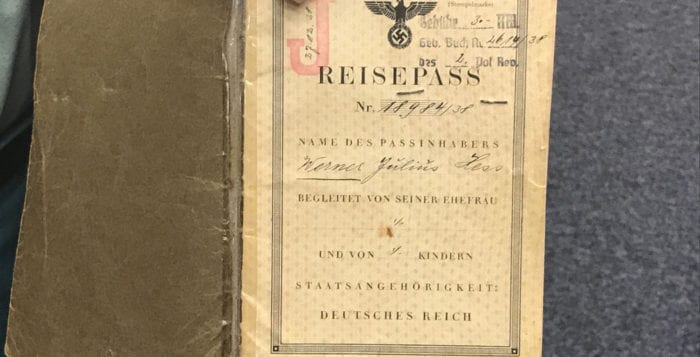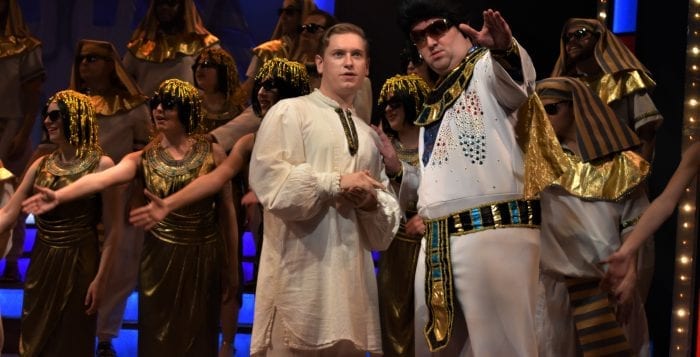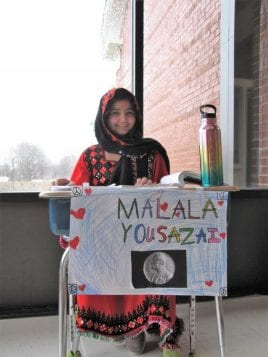I have spent my lifetime fighting to protect our land, water and the air we breathe in every few seconds of our lives. So, it was especially meaningful to meet Sapphire Perera, a young person in our community whose deep caring for and connection with our environment has propelled her to play a role in its protection.
One of Sapphire’s talents is writing, and she uses this skill to spread awareness and inspire others to action. Our local newspaper, TBR News Media, has given Sapphire Perera an opportunity to use the platform of a column in the paper to inform us about environmental issues. This is a good thing because young people can introduce fresh ideas and outlook to environment-related issues and breathe new life into our motivation to protect and improve the environment that sustains us.
— State Assemblyman Steve Englebright (D-Setauket)
By Sapphire Perera
The beauty of the Port Jeff shoreline should not blind us to the growing problem of land erosion. Similar to the fact that the majestic stone figures of Easter Island should not hide the ecological disaster that overcame their island. All over the shores of Port Jeff and Long Island, there are eroding bluffs. While people just see these eroding bluffs as being steep cliffs of sand that can be climbed on, they pose a much greater threat to our environment and to the buildings that line the top of the land.

Ever since 2012, the residents of Port Jeff have been trying to solve the issue of the eroding bluffs. The lack of vegetation and increasing deforestation have only made the erosion worse. To combat this problem, the village has planned on constructing seawalls and barriers and are still waiting for permits from the New York State Department of Environmental Conservation. They also hope for Suffolk County to dredge the area surrounding Mount Sinai harbor and return sand to the beaches. Currently, the Town of Brookhaven is in the midst of reconstruction of the jetties at the mouth of Mount Sinai Harbor. The jetties had been worn down over time, leaving them not as effective as they used to be, with holes and submerged rocks allowing sand to run over and through. Previous Port Times Record editor Alex Petroski wrote about the eroding bluffs in Port Jeff [“Eroding Port Jeff beach causing concern for village,” June 1, 2017], and his article included pictures of the bluffs of Port Jeff and Belle Terre. In February, my brother Royce Perera captured the image of these bluffs from a similar angle with his drone. If you compare the two pictures and examine the bluffs near the country club, the worsening erosion of the bluffs is clear. Bluff erosion has only gotten worse and without any deterrents or solutions, more land continues to end up on our sandy beaches.
Most recognize the problem but are ignorant of how the erosion of these bluffs has continually gotten worse and how human interaction can increase the rate at which erosion occurs. Many factors contribute to erosion but in recent years, there have been intense storms, strong winds and frequent human interference. While erosion is a natural process, coastal erosion on Long Island’s North Shore has been designated “critical” by the U.S. Army Corps of Engineers. As sand is continually sliding down the bluff to the beach, it is taking away land from the Island. Currently, the Port Jefferson Country Club tennis court is facing this problem because erosion of the bluff has come dangerously close to it. As more and more land disappears from the bluff, there is more of a chance for erosion to occur less stability.

Personally, when I have visited the beach, I have witnessed young kids and young adults walking up and down the bluffs. While this is perceived as a harmless act, these people are actually acting as catalysts to the process of erosion. The weight of that person pushes down more sand and destroys plants that hold the sand together. Sometimes there is garbage thrown down onto these bluffs which ends up destroying vegetation. Vegetation is one thing that helps maintain the structure of the bluff since it is holding particles together through the roots.
In order to protect the land and preserve the tennis courts at the country club, the Town is inching closer to finalizing reconstructing the jetties with hopes that it will be a barrier against erosion from tides, currents and waves. Other ways that would prevent erosion include the diversion of surface runoff away from the bluff, minimized paved areas that increase runoff and a decrease in additional weight on the bluff edge, such as pools, buildings or storage sheds.
Anthropologists now say that the grandeur of the Easter Island statues exists at a huge cost, namely the permanent destruction of the Island. We in Port Jefferson must learn from others’ mistakes and curb human activity in order to conserve Port Jeff’s beaches, water and land.
Sapphire Perera is a junior at Port Jefferson high school. This is the first of a planned column series by her called “Turtle Island,” which refers to the Native American mythology about North America existing on the back of a great turtle that bears every living being on its spine.








 The Play Groups saga began in 1944 when a group of parents decided to organize a “play group” where their children could learn through play with their peers. According to Brookhaven Town Historian Barbara Russell, whose brother was a member of the group in 1949, the children met at a small cottage near the Old Field Club. Perhaps that is why it was called the Old Field Nursery School in the early days. The first teachers were Dora Underwood of Port Jefferson and Joan Cockshutt of Setauket.
The Play Groups saga began in 1944 when a group of parents decided to organize a “play group” where their children could learn through play with their peers. According to Brookhaven Town Historian Barbara Russell, whose brother was a member of the group in 1949, the children met at a small cottage near the Old Field Club. Perhaps that is why it was called the Old Field Nursery School in the early days. The first teachers were Dora Underwood of Port Jefferson and Joan Cockshutt of Setauket. “It has been my honor and privilege to lead Play Groups School these many years,” said Friedman. “While striving to stay abreast of current research and best practices, some things
“It has been my honor and privilege to lead Play Groups School these many years,” said Friedman. “While striving to stay abreast of current research and best practices, some things
















